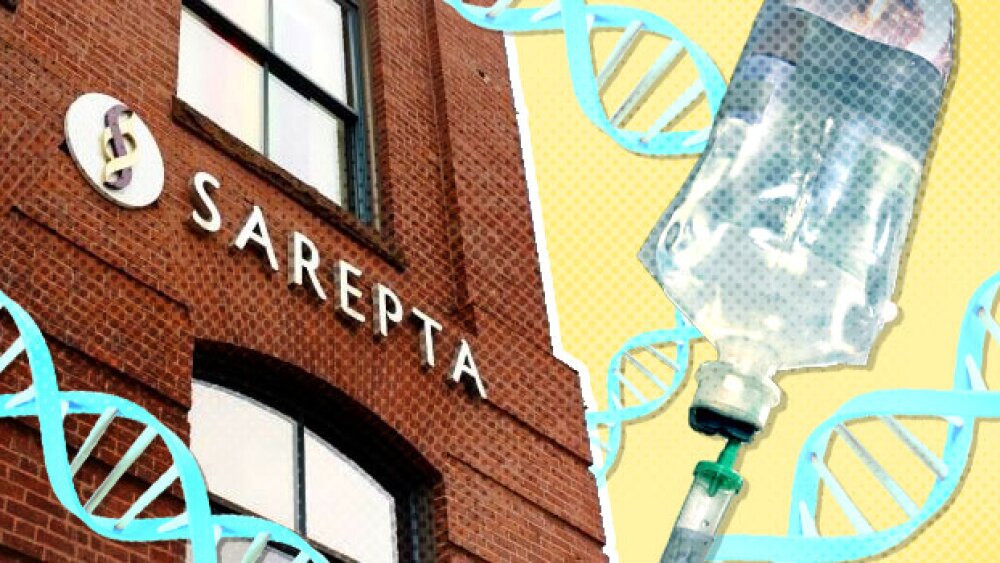Boston MA—ExQor’s business centers on its unique clathrin transporter platform that for the first time enables non-invasive, non-immunogenic, non-toxic, and non-antigenic large molecule drug delivery to the central nervous system, fulfilling critical needs in product portfolios of the pharmaceutical and biotech industries, to whom it licenses its multi-patented biotechnology.
For decades scientists and researchers have been studying clathrin, a ubiquitous crossspecies protein involved in the transportation of a wide range of biological elements into a cell, a cell internalization process called endocytosis. This process is essential to cell functioning, especially in the brain where it is extremely active. Clathrin’s normal living is made by bringing into the cell neurotransmitters, hormones, growth factors, and much more. But nobody ever looked to see if this workhorse protein could be put to artificial use transporting other things into cells—and especially into the brain highly useful drugs like large molecule anti-cancer drugs and large molecule antibodies normally forbidden entry. This is a serious unmet medical need, as 98% of all molecules and nearly 100% of large molecules are denied access to the central nervous system by its tough protector, the blood brain barrier (BBB).
To get past an intact blood brain barrier various highly invasive approaches have been tried, like breaking up the barrier using ultrasound or forcibly cleaving it apart with other molecules. Others use highly immunogenic particles like viruses, e.g., adenovirus, retrovirus, etc., to get past the barrier. Using viruses requires stripping out their DNA to overcome the body’s immune response, and are the carrier of choice in many gene therapies. But the underlying fear is always that a viral vector, once inside the patient, may recover its ability to cause disease, especially as patients typically have to undergo multiple rounds of gene therapy.
Enter the founders of Boston-based ExQor Technologies, Inc., incorporated in 2004 and privately owned, who approached the clathrin protein from a very different angle. ExQor’s founders were originally looking for a highly robust protein that they could use for creating an intelligent, nanoscale bio-computer. They considered using DNA for bio-computing, but found it too limiting for their needs. Then they found clathrin: problem solved.
During the course of their bio-computer R&D work ExQor’s founders read the medical and scientific literature on clathrin and saw little in the field about the full potential of this protein, which, they now knew, was capable of being bioengineered into a remarkably tough and highly versatile new bio-nanomaterial. As ExQor’s founders also have medical backgrounds they immediately saw its potential for drug delivery. And indeed, it turned out clathrin could be bioengineered by ExQor to carry a wide variety of drug cargo, and most important, large molecule agents like antibodies. The obvious next step was to see if a bio-engineered ensemble of clathrin protein and big molecule cargo could, with little or no modification, slip past an intact blood brain barrier in vivo without disrupting the BBB or causing an adverse immune response.
The answer was yes. ExQor was able to not only use its clathrin transporter to noninvasively ship big molecule drugs past an intact blood brain barrier in large quantity, but also to target the drugs to different brain regions and even to specific brain cell types, all in vivo. Thus, an important medical discovery was made, all because ExQor’s founders were originally looking to build a new kind of bio-computer.
To date, ExQor has successfully, and for the time ever, non-invasively transported several different types of large molecule drugs to the brain. The most recent results show that ExQor’s transporter is 300 times more effective in delivering large molecule antibodies to the brain in vivo than any other CNS drug delivery method, be it invasive or non-invasive.
In 2003 ExQor’s founders began assembling an extensive IP portfolio, filing a number of US and foreign patents for clathrin biomedical uses and also for new bio-engineered nanomaterials. The latter patents encompass bioengineered clathrin for use in nanoscale cargo transport, bio-nano-computing, different types of nano-lasers, nano-scaffolding material, bionano- electronics and more, and which also cover clathrin’s use for innovative nano-medicine applications. In 2007 their patents began to issue.
Help employers find you! Check out all the jobs and post your resume.




